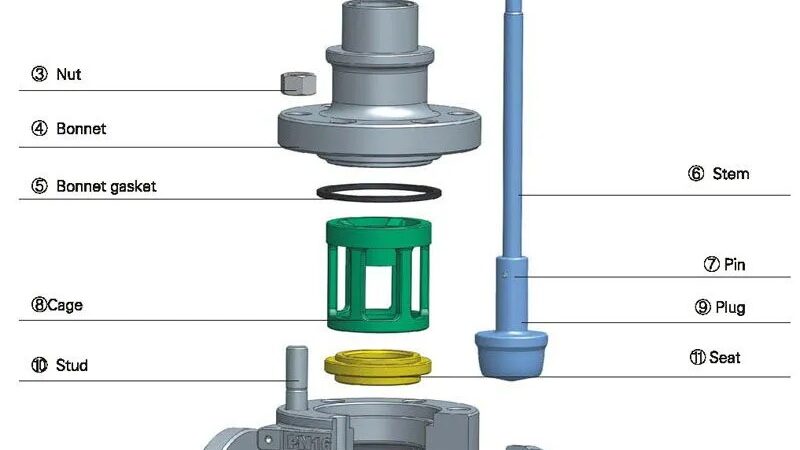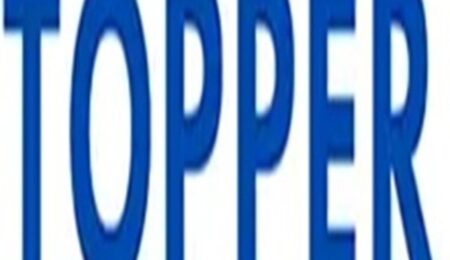Introduction
China Control valves are essential components in regulating fluid flow across various industrial sectors. While standard valve designs typically offer both precise flow control and tight shut-off for clean fluids, the situation becomes more complex when the fluid contains solids, as in slurry applications. In these cases, achieving both effective control and isolation becomes a significant challenge.
Although standard control valves may initially provide a tight shut-off, the presence of abrasive fluids can cause erosion over time, leading to leakage. Consequently, it’s not common industry practice to rely on a control valve for both flow regulation and isolation in slurry applications. Instead, manufacturers often recommend installing a separate on/off valve alongside the control valve to ensure proper isolation when needed.
In slurry applications, metal-seated control valves often allow some degree of leakage past the seat when fully closed. This leakage is classified into different grades, ranging from Class I to Class VI. It’s important to note that Class V and VI shut-off ratings are typically reserved for isolation valves with resilient seats, such as rubber or urethane materials. Slurry control valves claiming Class V shut-off often degrade to Class IV or lower fairly quickly due to wear and erosion.
Understanding Leakage Classifications
Control valve seat leakage classifications are standardized to help users understand the expected performance in terms of the valve’s ability to prevent fluid passage when fully closed. These classifications, defined by industry standards, serve as benchmarks for comparing different valve designs. Below is an overview of the leakage classes:
-
Class I: This is the least stringent leakage standard. Valves in this category are not designed for tight shut-off and are generally used in non-critical processes where minor leakage is acceptable.
-
Class II: Class II valves offer better shut-off than Class I but still allow moderate leakage. These valves are suitable for applications where some leakage is tolerable but tighter control is desired.
-
Class III: Class III valves provide a higher level of shut-off, with leakage rates lower than Class II. These valves are commonly used in processes where moderate sealing is required, but a small amount of leakage is still permissible.
-
Class IV: These valves are designed for applications requiring a tighter seal, minimizing leakage but not entirely eliminating it. Metal-seated slurry control valves typically fall into this category, as they balance control and durability in abrasive environments.
-
Class V: Class V valves are engineered for applications where very low leakage is required. These are typically used in isolation applications where tight shut-off is critical. However, achieving Class V shut-off with metal-seated valves in slurry environments can be challenging, as wear and erosion can quickly degrade their performance to Class IV or lower.
-
Class VI: Representing the highest shut-off performance, Class VI valves ensure virtually no leakage. Typically equipped with resilient seats made from materials like rubber or urethane, these valves are ideal for applications requiring bubble-tight shut-off, such as pharmaceuticals or food processing industries.
Here’s a brief look at some relevant standards for valve design, testing, and leakage:
-
ASME B16.34: This standard is widely used for valve design, covering flanged, threaded, and welded valves. Although it provides working pressure charts, it does not define allowable seat leakage. It is often used in conjunction with testing standards like API 598.
-
API 598: A globally recognized test specification for valve inspection and testing, API 598 focuses on metal-seated and resilient-seated valves, specifying leakage rates and testing criteria.
-
MSS SP61: This standard outlines hydrostatic testing for steel valves. While it was one of the first valve test standards, it is less commonly used today but has influenced more recent standards.
-
ISO 5208: ISO’s primary valve testing standard defines 10 levels of allowable internal leakage, with acceptance criteria negotiated between the purchaser and manufacturer.
-
ANSI FCI 70-2, Control Valve Seat Leakage: This standard specifies test procedures and leakage rate classes (Class I to VI) for control valves, referencing internal testing, though it does not address external testing, which is covered by API 598.
-
ISA S75, Hydrostatic Testing of Control Valves: This standard provides procedures for external hydrostatic testing of control valves and includes closure testing and acceptance criteria, generally referencing ANSI FCI 70-2.
These standards ensure that control valves meet the necessary reliability, safety, and performance criteria across industries.
Factors Affecting Leakage Performance
Several factors impact the leakage performance of control valves, particularly in slurry applications:
-
Valve Design: The type of seat and sealing mechanism significantly affects leakage performance. Resilient seats generally offer better shut-off but may not be suitable for high-temperature or abrasive environments.
-
Material Selection: The materials used for the valve components, especially the seat and disc, influence the valve’s ability to maintain a tight seal. Hardened materials offer better erosion resistance but may still wear out over time in abrasive conditions.
-
Operating Conditions: Pressure, temperature, and the nature of the fluid (abrasive, corrosive, etc.) all impact the valve’s leakage performance. Specialized designs may be required for high-pressure or high-temperature applications.
-
Maintenance and Wear: Regular maintenance is essential to ensure continued performance. Abrasive fluids can erode sealing surfaces, leading to increased leakage over time.
Choosing the Right Valve for Your Application
Selecting the right control valve involves considering the specific process requirements and the valve’s leakage class. Key considerations include:
-
For Clean Fluids: Valves with Class V or VI shut-off capabilities are typically suitable, providing both precise control and effective isolation.
-
For Slurry Applications: Metal-seated valves with Class IV leakage are generally recommended, balancing control and durability. A dedicated on/off valve should be used for isolation.
-
For Critical Applications: Resilient-seated valves with Class V or VI ratings are ideal for processes requiring bubble-tight sealing, such as in pharmaceuticals or food processing.
Conclusion
Control valve seat leakage classification plays a crucial role in determining the suitability of a valve for a given application. While achieving both precise control and tight shut-off is feasible for clean fluid applications, slurry applications present unique challenges due to the abrasive nature of the media. In such cases, metal-seated valves with Class IV leakage are common, with the understanding that some leakage is inevitable.
For applications requiring stringent shut-off, resilient-seated valves with Class V or VI ratings are recommended, though these valves may not be suitable for high-temperature or abrasive conditions. Ultimately, the right valve choice depends on balancing the need for control, isolation, and durability, all while considering the specific conditions of the application.
By understanding leakage classifications and their impact on valve performance, engineers and operators can make informed decisions to optimize both process performance and the longevity of their control valves.Know more about Google SEO Directory




Leave a Reply